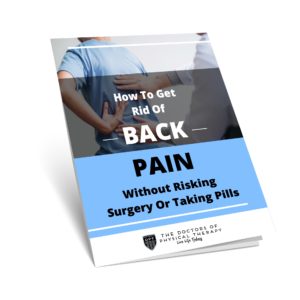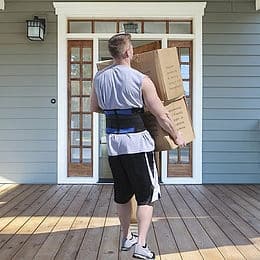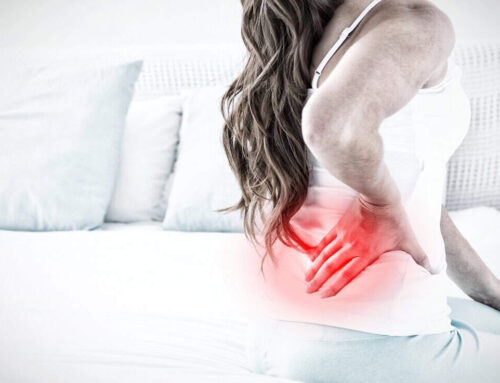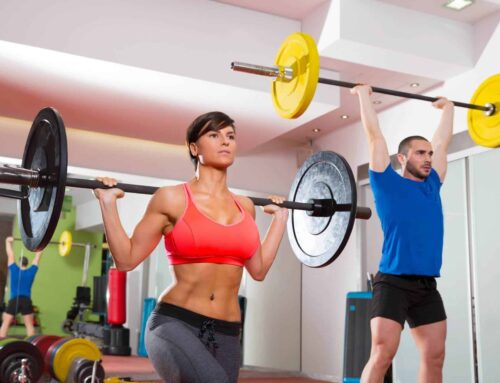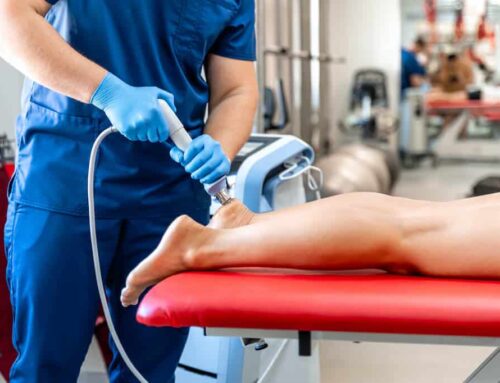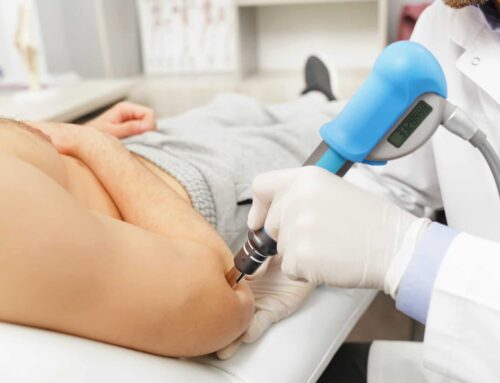One major cause of mechanical low back pain is a lack of core strength or “dynamic spinal stabilization” as we say in the biz. This means a person is unable to actively use their muscles to support their spine. This results in potentially extra motion of spinal segments that can cause injury. To better understand this you can check out our blog detailing how an imbalance in strong movers and weak stabilizers can cause injury. Another key element to dynamic spinal stabilization is intra-abdominal pressure. Today I would like to discuss how we can use our muscles to increase intra-abdominal pressure to stiffen the trunk and stabilize the spine, thereby reducing injury risk.
Ever wonder how a back brace reduces pain with lifting tasks? The obvious answer is that it adds support, which is true. But how does it really work? The brace doesn’t actually touch your spine and it usually isn’t stiff enough to prevent overall movement of the trunk. Well the answer is through intra-abdominal pressure. When you put the back brace around the abdomen, you essentially create a balloon within the abdominal cavity between the brace, diaphragm, and pelvic floor muscles. By tightening the brace, you increase the pressure in that balloon which stiffens the rigidity of the trunk and thereby stabilizes the spine.
The great new is that you don’t need a back brace to achieve this same effect. We actually have a muscle called the transverse abdominis, which wraps around the abdomen just like a back brace and contributes to a high amount of core strength. When you contract this muscle in conjunction with the diaphragm and pelvic floor muscles you create increased intra-abdominal pressure and spinal stabilization. This can prevent costly back injury that could lead to back pain and sciatica. Usually injuries caused by not knowing the proper way to lift can lead to disc herniation or SIJ dysfunction.
The moral of the story is that if you get core strength in the right places you can ditch the back brace in favor of support from your own muscles. So when embarking on a 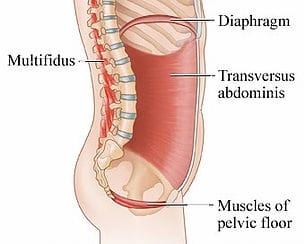
blog main image: https://www.lifehacker.com.au/2017/03/what-your-core-really-is-and-how-to-strengthen-it/


